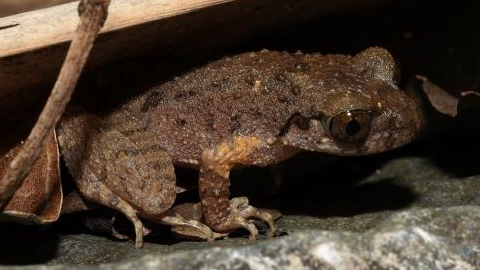A team of dedicated zoologists from the Institute of Zoology under the Chinese Academy of Sciences has made a groundbreaking discovery in the world of giant pandas. Researchers have identified the key gene responsible for the rare brown and white coat coloration observed in some of these beloved creatures.
The first brown panda was discovered in 1985 in the Qinling Mountains of northwest China's Shaanxi Province. Since then, all recorded sightings of wild brown pandas have been confined to this region. Recently, a male brown-and-white panda named Qizai, born in 2009, has been adopted, reigniting interest in this unique genetic trait.
In their latest study, scientists sequenced the genomes of three panda families connected to Qizai, alongside 29 pandas exhibiting the traditional black and white coloring. This comprehensive genetic analysis has provided valuable insights into the variations that lead to the unusual brown and white coats.
The findings not only enhance our understanding of panda genetics but also contribute to conservation efforts by highlighting the genetic diversity within giant panda populations. As global interest in panda conservation continues to grow, discoveries like these play a crucial role in ensuring the survival of these iconic species.
Reference(s):
Why did some pandas turn brown? Scientists found the key gene
cgtn.com



